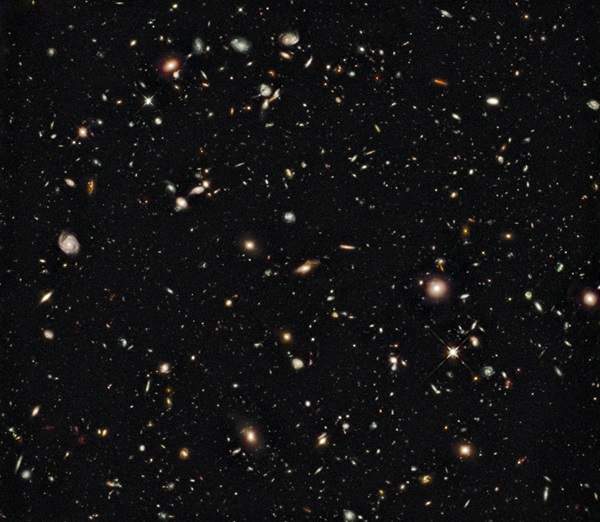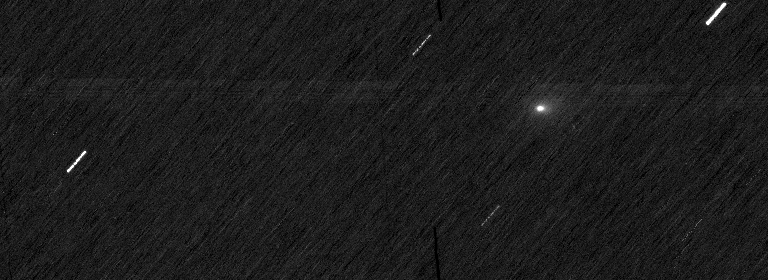Key Takeaways:
(2) When the spectra of distant galaxies are redshifted, it’s due to the expansion of the fabric of the universe itself. As space expands, electromagnetic waves from celestial sources become longer (or redder). We can tell this effect is at play because galaxies’ surface brightnesses (their brightness per unit area) decrease with increasing redshift in a way that’s consistent with the expansion of space, but not with the Doppler effect. The more distant a galaxy, the farther back in time we see it. The redshifts of galaxies are proportional to their distance, which is caused by the expansion of the universe itself, not because the light becomes “tired” and loses energy with time.
(3) When light from a star passes through gas and dust on its way to an observer, the intervening material can scatter the light out of the line of sight, causing the star to look dimmer. Because blue wavelengths are scattered much more efficiently than red ones (that’s why our sky looks blue during daylight), a star looks redder than it should. Dust also absorbs blue light more than red, making the star appear even redder. The overall effect is called “interstellar reddening,” and it is similar to the reason the setting Sun looks progressively more yellow, orange, or even red as it gets closer to the horizon. In the interstellar reddening effect, there is no redshift.
If we look at a star’s (or galaxy’s) spectrum, we can tell which method is responsible for making that object appear redder. — Alex Filippenko, University of California, Berkeley










